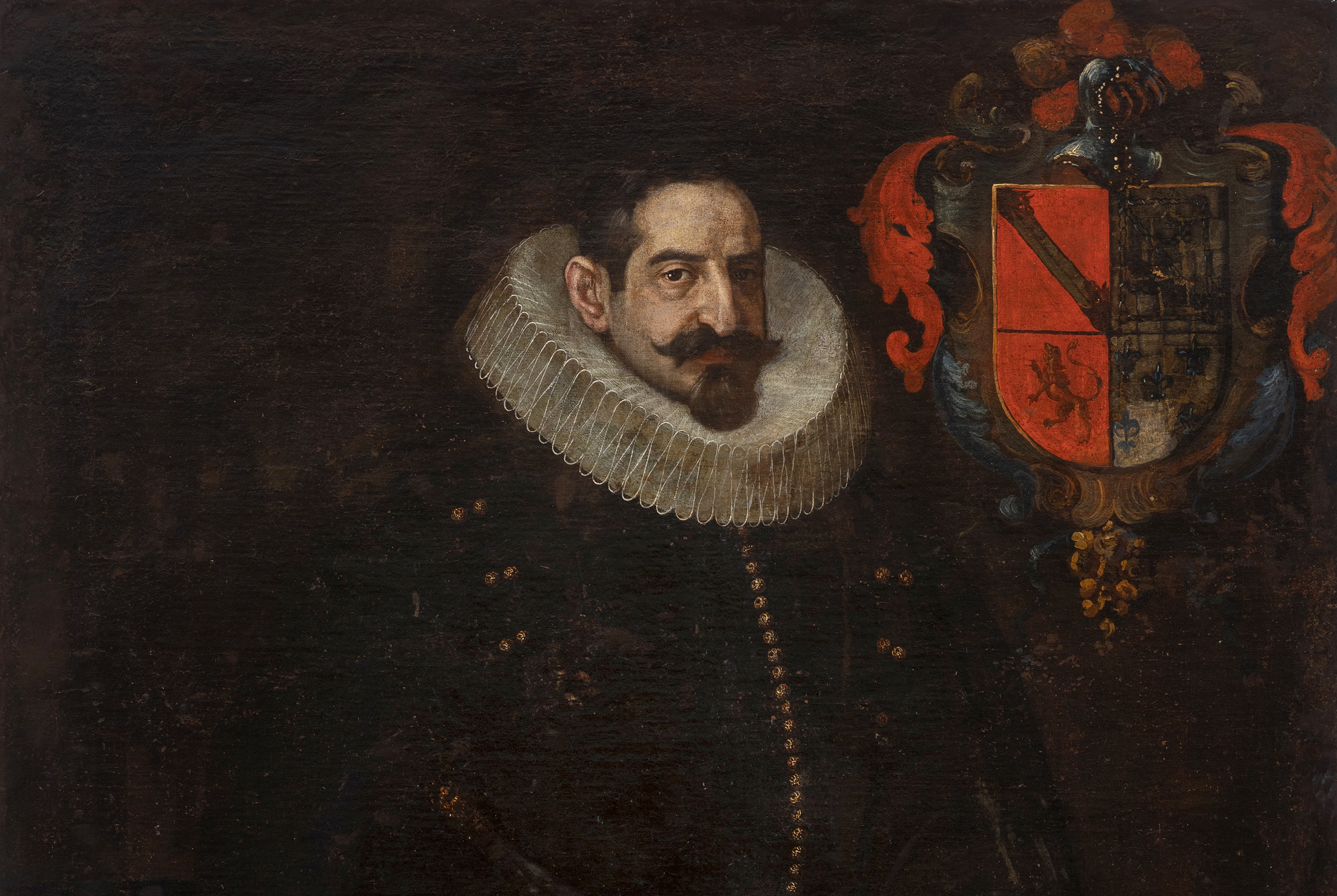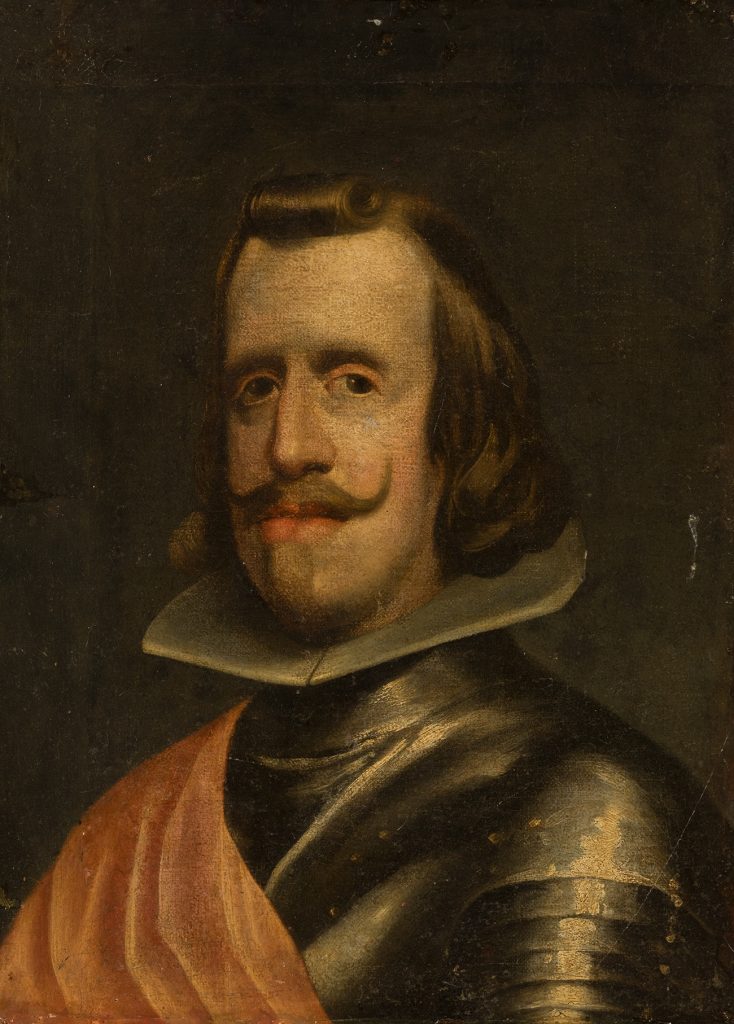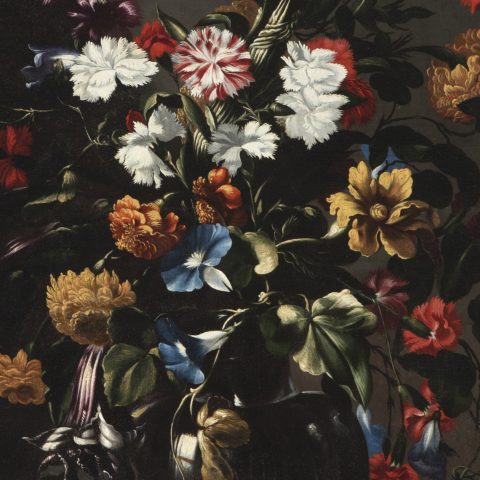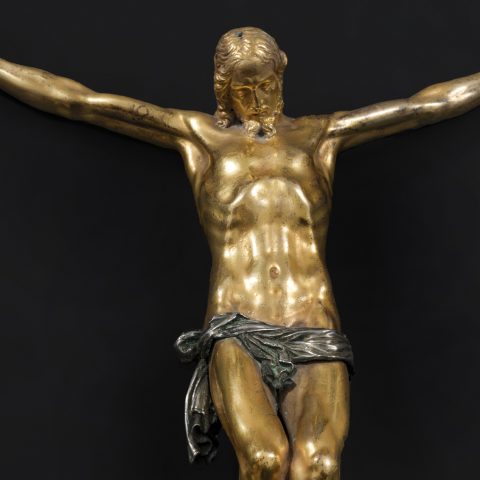The image, with which we hope to be remembered, has always been a thought that has conditioned the portrait genre. This fact, together with fashion, has enriched the history of art and is a feature that allows us to know different societies. In fact, throughout time, fashion has played a role of status and power, colors or certain garments were directly associated with a position in the social hierarchy.
Fashion as a tool of power and communication is something that many monarchs embraced. Thus, during the seventeenth century, many of the trends were imposed by the dictates of the kings and queens, setting guidelines that were imitated by the whole kingdom, being present in multiple official portraits. A trend that, nowadays, can be compared to the phenomenon of “influencers” and social networks.
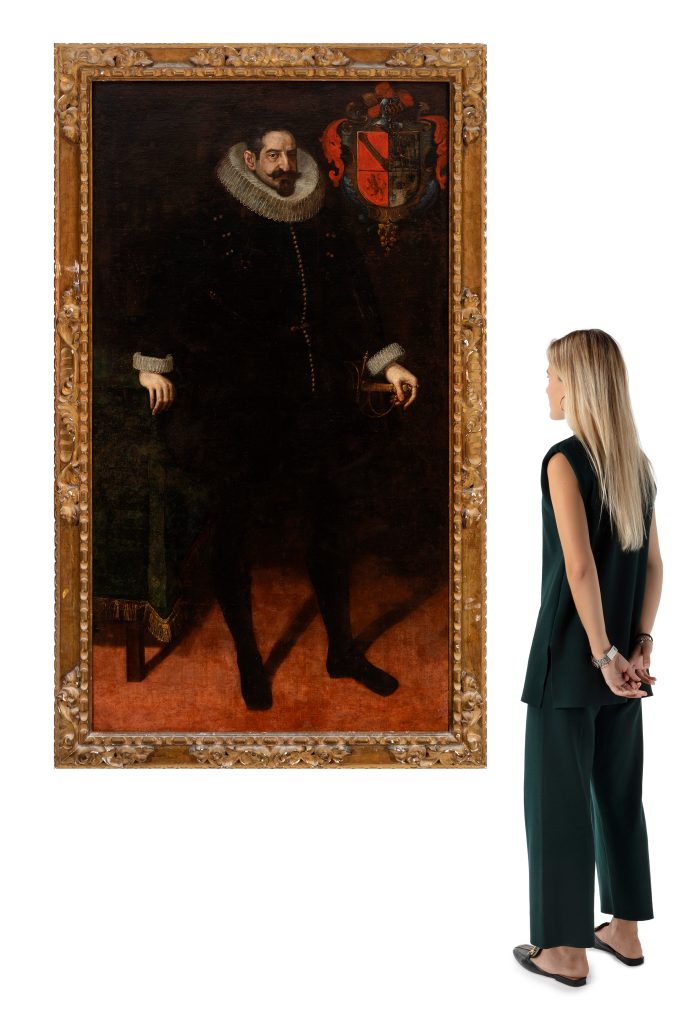
The Spanish portrait: tools of power and communication
In the Spanish portrait of the sixteenth and seventeenth centuries, we can observe an apparent sobriety and the fashion for black clothes, imposed under the reign of Philip II. These choices are not casual, on the contrary, they convey a strategic message. Following the criteria set by the Counter-Reformation, luxury and excesses, typical of the Baroque, were discarded in favor of austere clothing, as a gesture of rigor of spirit and moral superiority. However, the austerity in the color palette, also keeps luxury, although it may go unnoticed to our eyes, and is that the dye used had a great value, it was known as “palo de Campeche” and was imported exclusively from the New World. This expensive dye allowed to obtain a color of great intensity that was, in itself, a sign of status. It is logical for this reason that it was the appropriate color to be immortalized in a portrait.
Men’s fashion was notably the one that most accepted this canon, being the Spanish gentlemen those who, for almost two centuries, left a marked imprint throughout Europe. The Spanish black was different from the excesses of other courts, such as the French. Such is the impact and relevance of this fact, that the portraits of the first Bourbon, Philip V, were in the Spanish manner. French artists, such as Ranc or Houasse, painted him like his Habsburg predecessors, in an attempt to assimilate in his person the idiosyncrasy of Spanish customs and culture.
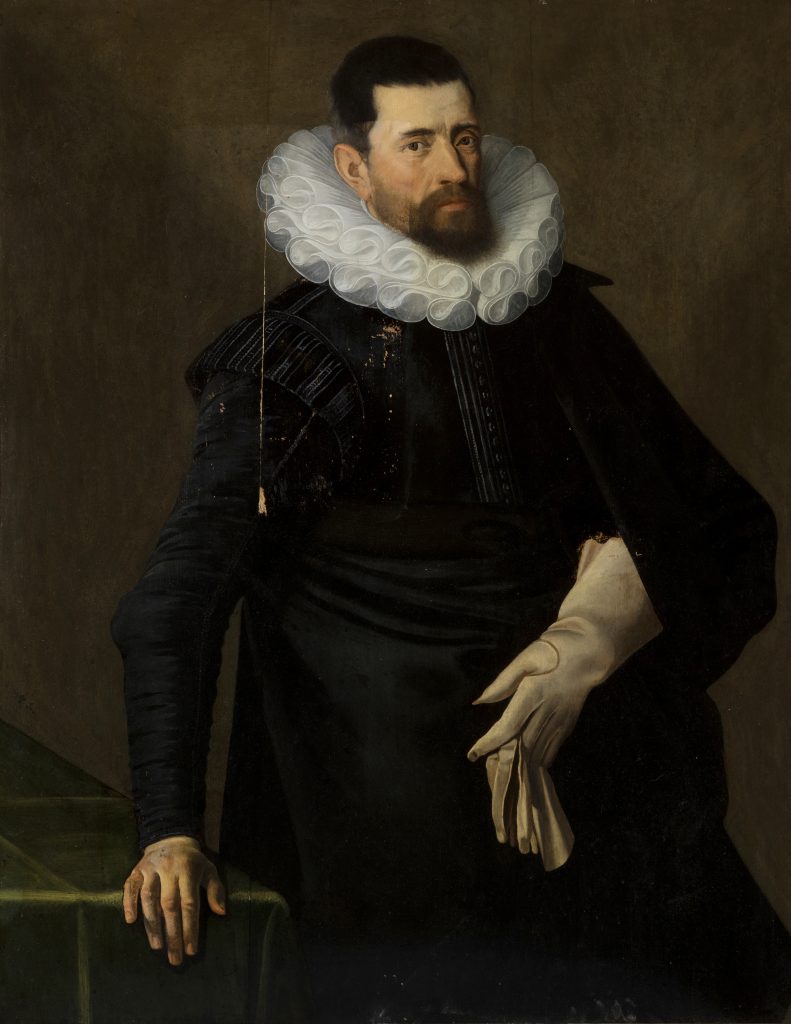
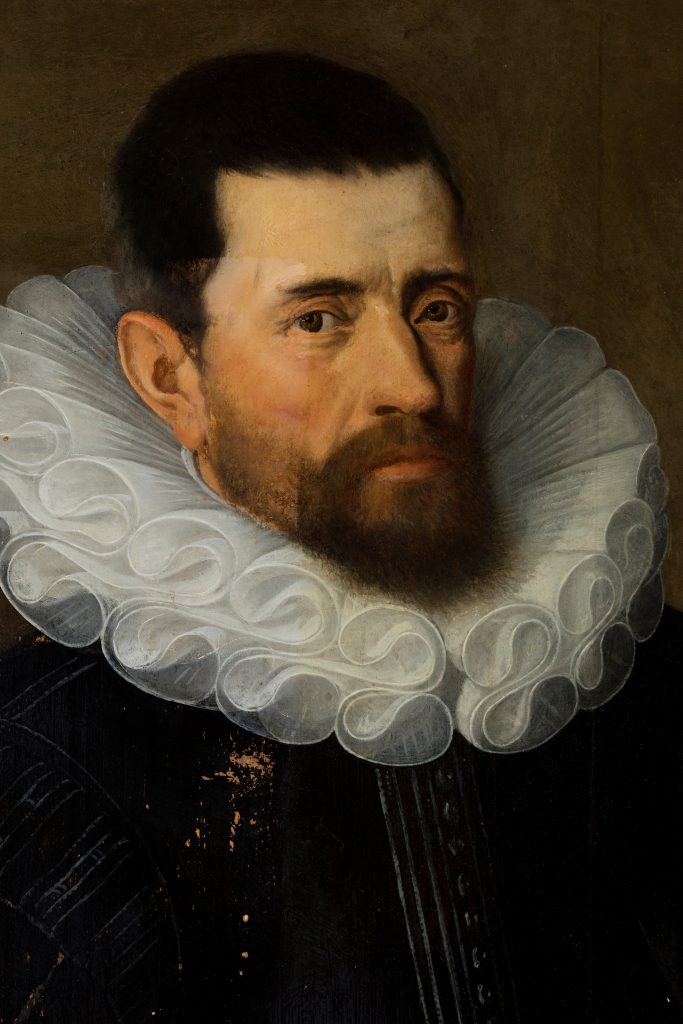
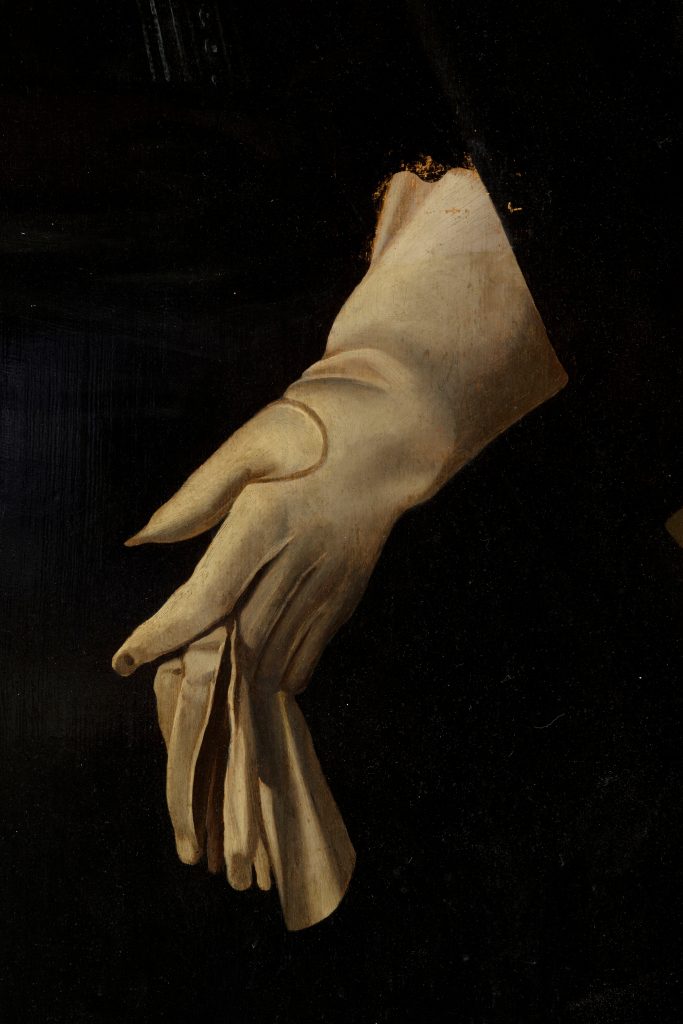
The luxury of the Campeche black also reached its roots in other parts of Europe, where it settled because it represented the same values. Despite the clear religious confrontation between Catholics and Protestants, it was the latter who adopted black as a symbol of their doctrine. The portraits of painters such as Rembrant and Hals indicate how Dutch merchants and aristocrats succumbed to the furor for black. Spanish and Dutch fashions had their nuances. The mourning types admitted a small excess, the gola, also known as lechuguilla or gorguera. The collar that protrudes from the costume stands out for its immaculate whiteness and complex designs. Pleats or lace act as a separation between face and body as another symbol of social position and occupation. This type of garment allows us to identify with a certain degree of certainty specific temporal spaces according to the success of fashion. Let’s take for example the so-called golilla. Imposed by decree of Philip IV, the golilla was quickly imposed in Spain. Its apparent and at the same time economical appearance, as it dispensed with Dutch and Flemish lace, was a determining factor throughout the Golden Age.

